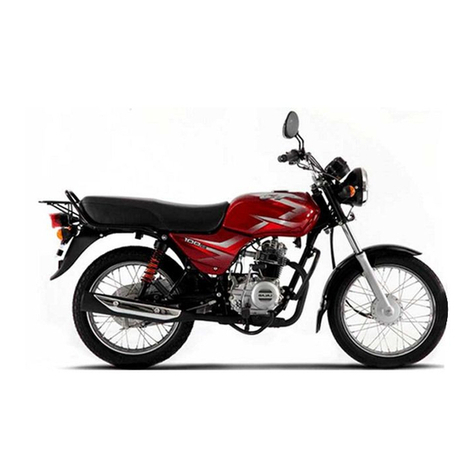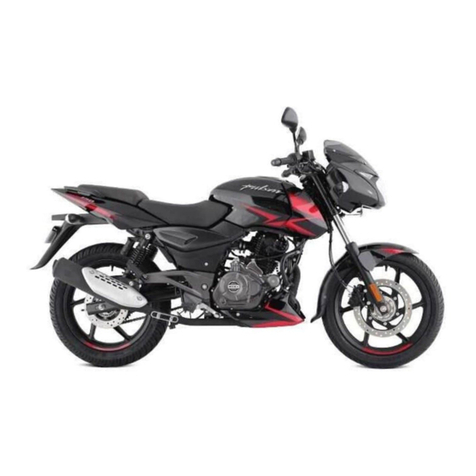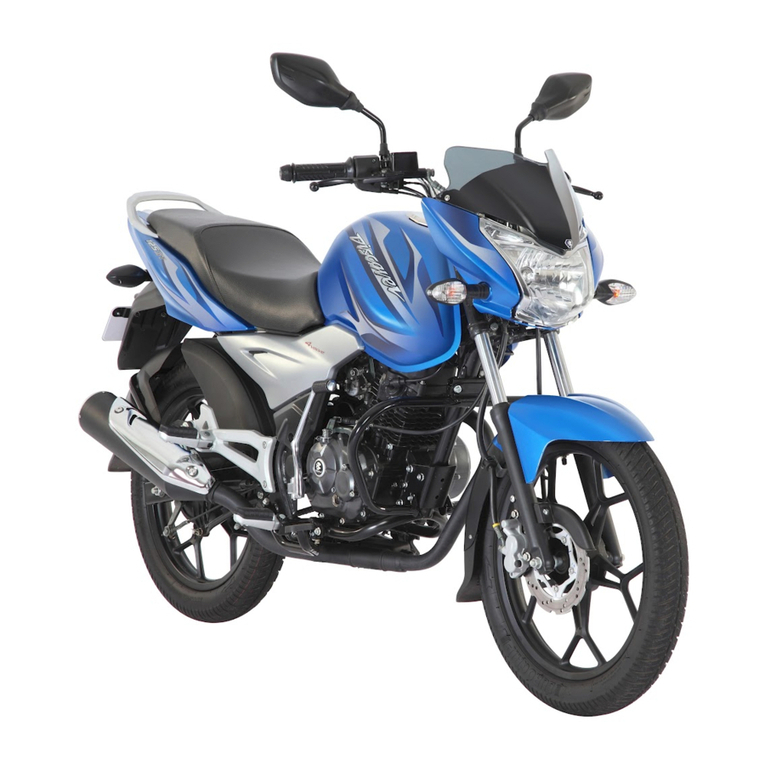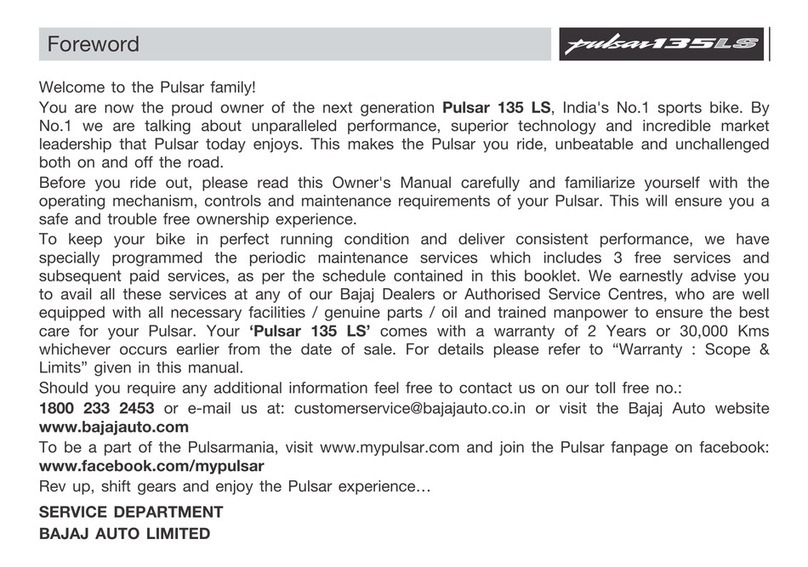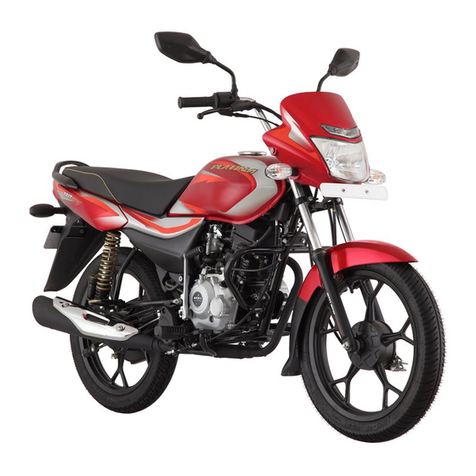Bajaj Auto The Invincible V12 User manual
Other Bajaj Auto Motorcycle manuals
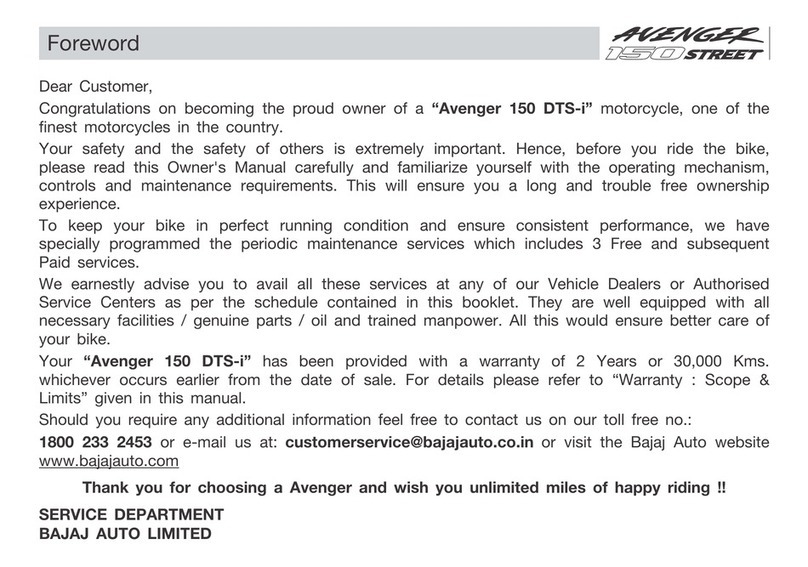
Bajaj Auto
Bajaj Auto Avenger 150 Street User manual
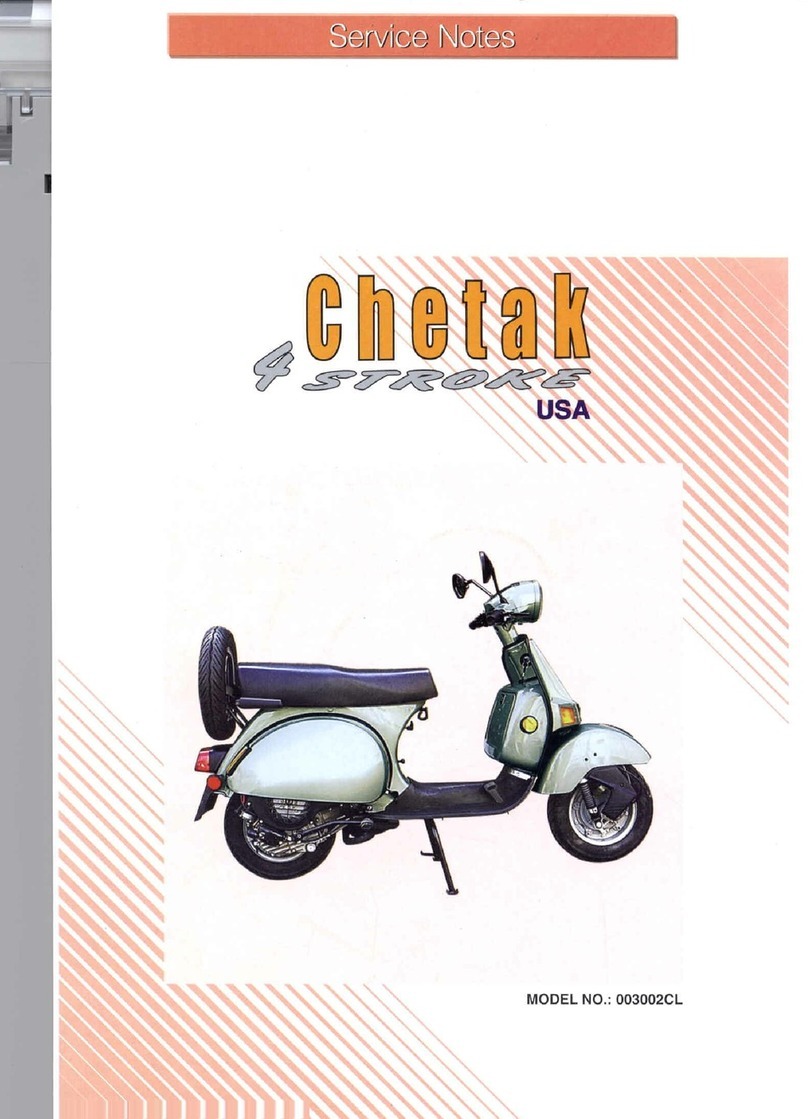
Bajaj Auto
Bajaj Auto Chetak 4 stroke 003002CL Operating and maintenance manual
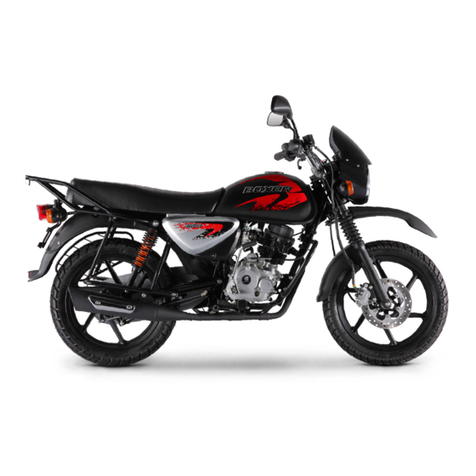
Bajaj Auto
Bajaj Auto Boxer BM 150 User manual
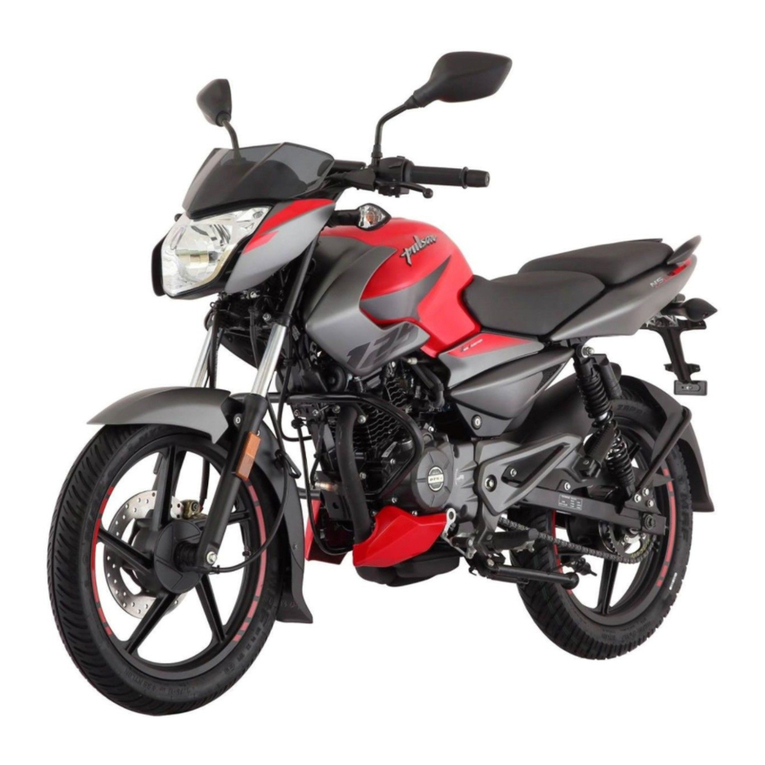
Bajaj Auto
Bajaj Auto pulsar NS125 User manual

Bajaj Auto
Bajaj Auto CT 100 User manual

Bajaj Auto
Bajaj Auto RE 4-stroke User manual

Bajaj Auto
Bajaj Auto Dominar 400 User manual
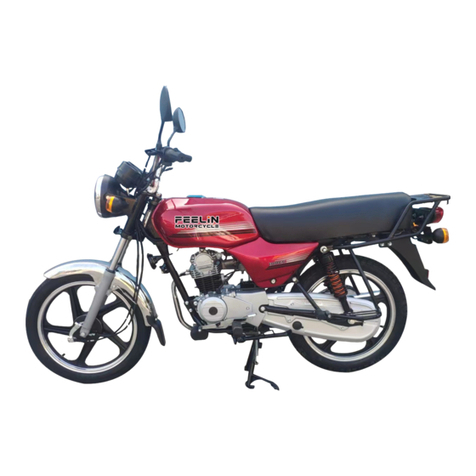
Bajaj Auto
Bajaj Auto Boxer BM 100 User manual
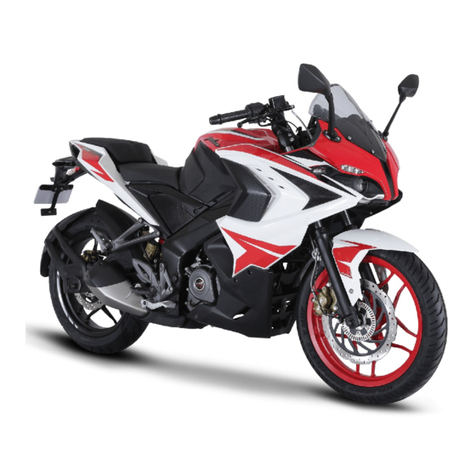
Bajaj Auto
Bajaj Auto Pulsar RS 200 User manual

Bajaj Auto
Bajaj Auto Pulsar 200 NS User manual
Popular Motorcycle manuals by other brands

MV Agusta
MV Agusta Brutale 675 Workshop manual

APRILIA
APRILIA RSV MILLE - PART 1 1999 User manual content

Royal Enfield
Royal Enfield Himalayan 2018 owner's manual

SSR Motorsports
SSR Motorsports Lazer5 owner's manual

MOTO GUZZI
MOTO GUZZI 2005 Griso 1100 Use and maintenance book

KTM
KTM 85 SX 19/16 owner's manual
